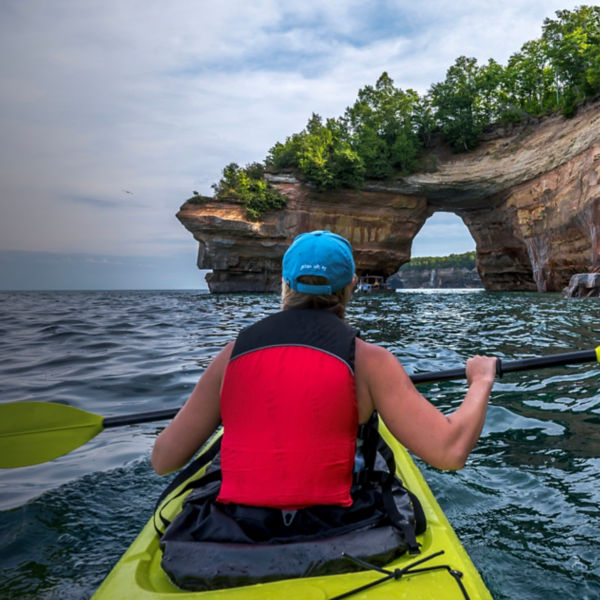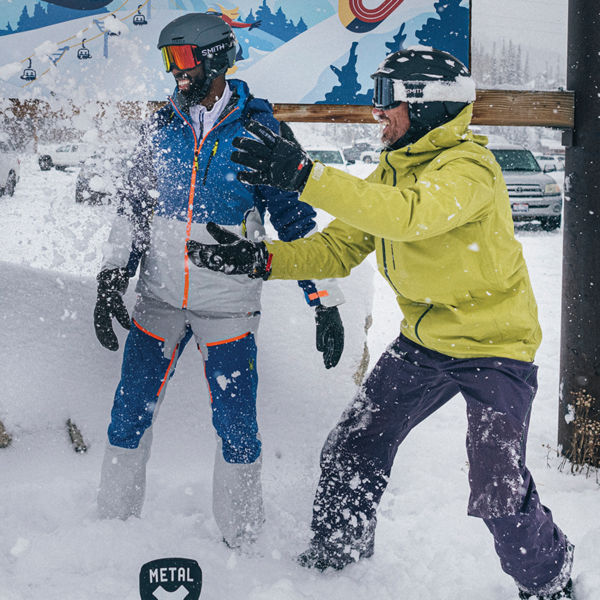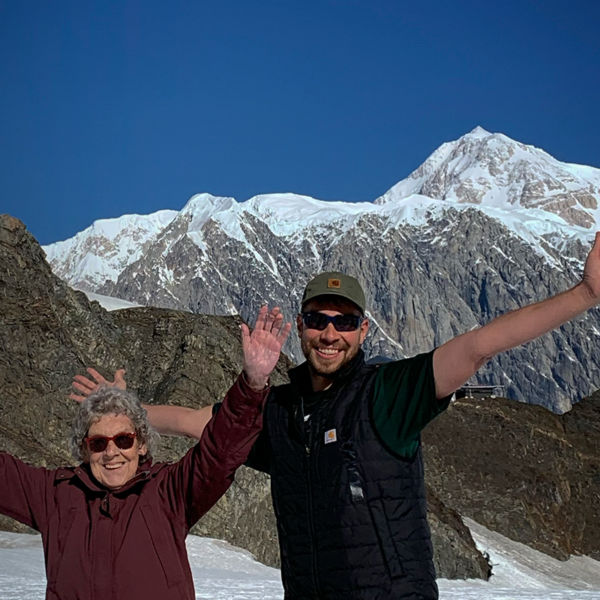
The Catskill Mountains in southeast New York state are among the most extensive and ecologically diverse areas in the eastern United States. Within the state park's 700,000 acres, nearly 300,000 are designated forest preserve. And part of the park's land is owned by New York City to protect reservoirs that provide drinking water for the city. Streams and rivers feed the reservoirs of a stunning landscape defined by forested mountains and rolling hills, meadows and valleys.
Known for its 33 mountains that stand 3,500 feet tall, it’s surprising that the Catskills aren't actually mountains at all, geologically speaking. Rather, the mountain-like cliffs are parts of a plateau dissected by sediment deposits and erosion from flowing waterways.
The rugged natural spaces are ideal for outdoor recreation. It's the birthplace of American fly fishing. There are mountain trails and fire towers to climb, routes to hike and bike, and waterfalls to find. The area has a foothold in cultural history, too—best known for 1969’s Woodstock music festival, and also the film location for the 1987 hit Dirty Dancing.
All these attributes also mean a whole lot of visitors each year. The most popular sites like Kaaterskill Falls, Pratt Rock, and Hunter Mountain are spectacular but also busy in peak tourism season. Even so, there are ways to get into nature and explore the wilderness without the crowds. So if you want a quiet experience, this is your guide to three surprising ways to see the Catskills.





























































